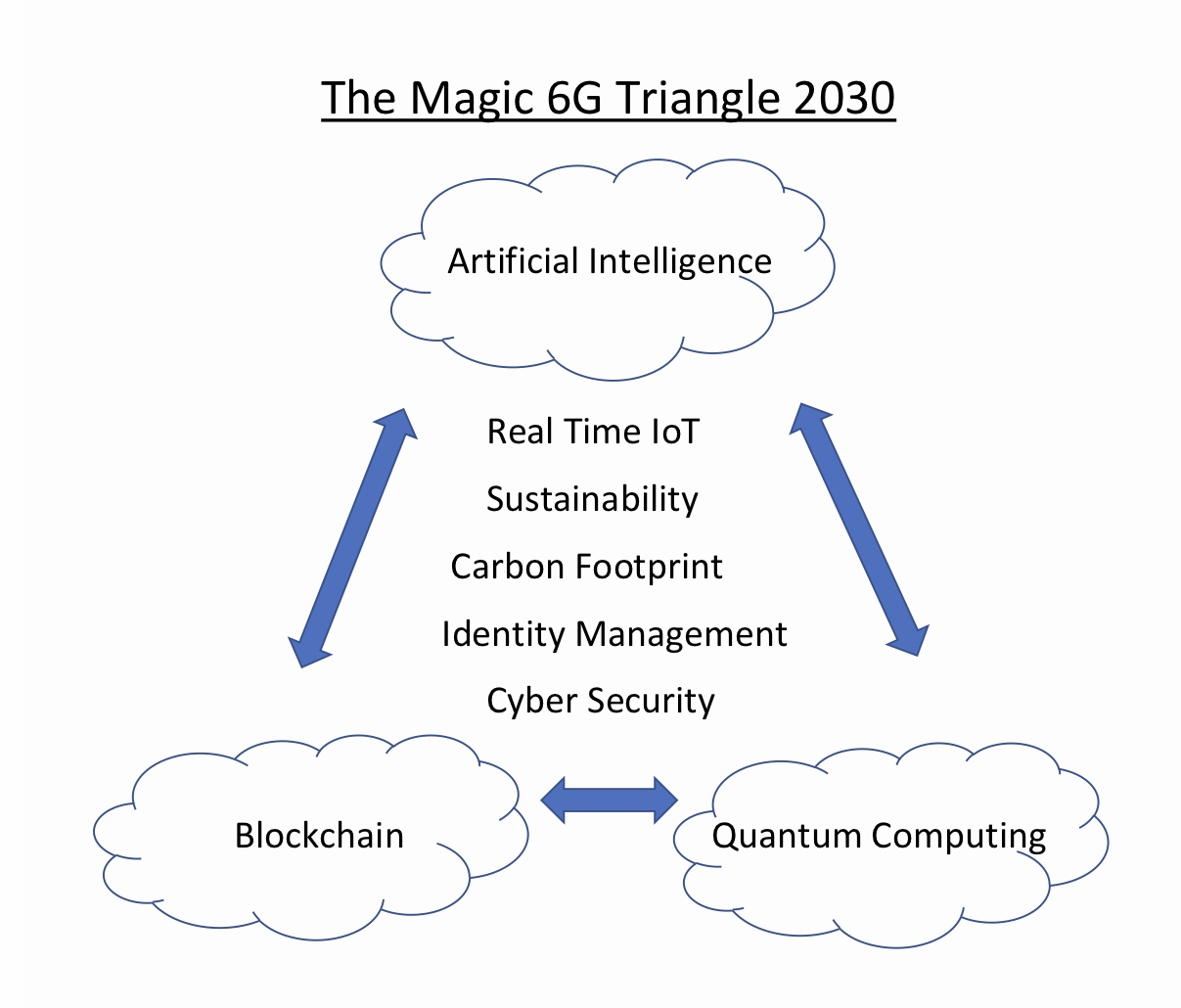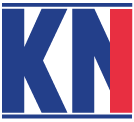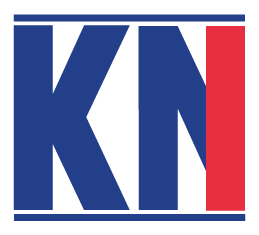Lessons learned from 2G
GSM was started in Europe as „Group Special Mobile“- but it was the first international, global telecommunications standard, with more than 800 operators across the world.
Network rollout started in Germany in 1990, commercial service was launched at June 12th 1992, because of missing end user devices: „God send Mobiles“
90% of all the traffic came from 10% of the area. But customers decided for a specific operator depending from coverage at home, at work and on highways/streets:
Customers want to have three things: „Coverage, coverage, coverage“.
Looking back to 3G when launching the Technology and going live
UMTS was the first Technology for mobile data services with usable quality, there wouldn’t be an iPhone or any other smartphone without a 3G network!
3G sites focussed on cities and hot spots in the beginning, due to limited coverage with 2.1GHz spectrum
Launching 3G services commercially only with mobile connect cards at the beginning, mobile phones have been available later
Limited usability and content availability for services like music/video download and streaming
Looking back to 4G
4G standardised only for mobile data services focusing on high data speed and low ping time enabling online games etc.
Voice over LTE was not standardised at the beginning.
Much higher complexity in radio network planning and optimisation due to the combination of 2G, 3G and 4G technology with 800, 900, 1800, 2100 and 2600 frequency spectrum.. For that reason, SRAN („Single Radio Access Network“) with one vendor on site is so important!
Delay Time (ping) is with 20 to 50 ms not fast enough for tactile internet and real time M2M apps.
Extending the core network towards all IP, high bandwidth and capacity has been key, fiber to the site is essential under massive data growth
The content provider do not pay for data transmission, so he do not care for that.
The end customer does not understand as he is usually using flat rates.
And the operator has little influence on the content.
Traffic increased year by year and operators need to improve network capacity and density continuisly. A mobile network is never ready.
My 5G Formula (from 2015):
5G = 1ms delay time E2E +
10Gbit/s downlink top speed +
99.999% network availability +
E2E cyber security +
1000x network capacity +
10 years life time of an IoT device with one battery +
50 bio. IoT devices worldwide in 2025
Lessons learned: What should we do better with 5G
Be very clear about the customer needs and expectations, but be also prepared for the unexpected!
Using SRAN technology for 5G from the beginning
There is a big need for completely new antenna technologies: multi band, massive mimo, beam forming, integrated remote radio heads, small and cheap
Implement interfaces for billing, monitoring systems and tools
Implement decentralised data centers for caching, processing, app hosting and authentification close to the customer for reducing ping time
implement end-to-end-data-encryption for data security and privacy
use a key set of „application-connectors“, based on own, standardised Telco plattforms for controlling the value chain in this new business
3G will be switched off first to save complexity and costs in the radio network and to use spectrum more efficiently.
In combination with the cloudification of the software 5G Open RAN will change the map of today‘s mobile infrastructure suppliers. Could AWS become a network operator for Open RAN networks in the future?
6G is coming until 2030!
Why should we currently talk about 6G in 2030, if we have not yet rolled out 5G across the country and are still looking for the “5G killer apps”?
Because we’re still learning! Because we have new, innovative ideas that we hadn’t thought of 10 years ago when we were developing and standardizing 5G. Because the performance of processors and memories on electronic circuits increases year after year and their power consumption decreases. And because we are facing huge challenges in coping with climate change and feeding the growing world population.
What new innovative approaches could 6G advance?
- First of all: increasing network capacity and performance for the needs of the next decade
- Further increase network reliability and availability
- Reduction of the power consumption of all network components and thus a drastic reduction in power consumption per transferred bit and byte, reduction of the carbon footprint of the telco system
- Further reduction of the delay times in the network through the consistent use of mobile edge cloud computing (MEC)
- Upward compatibility with 4G, 5G and WLAN
- Using quantum computing for new cyber security, increasing privacy and cyber security for customers and IoT systems
- Designing the whole platform ecosystem for efficient mobile data transmission, avoiding waist of data at the radio interface
- Combination of terrestrial data transmission and using satellite systems
- 6G will be combined with artificial intelligence in network planning, network optimization and network operation. AI will be also the enabler for all the real time IoT use cases in 6G and for much better sustainability of the whole system!
The magic triangle in 2030



